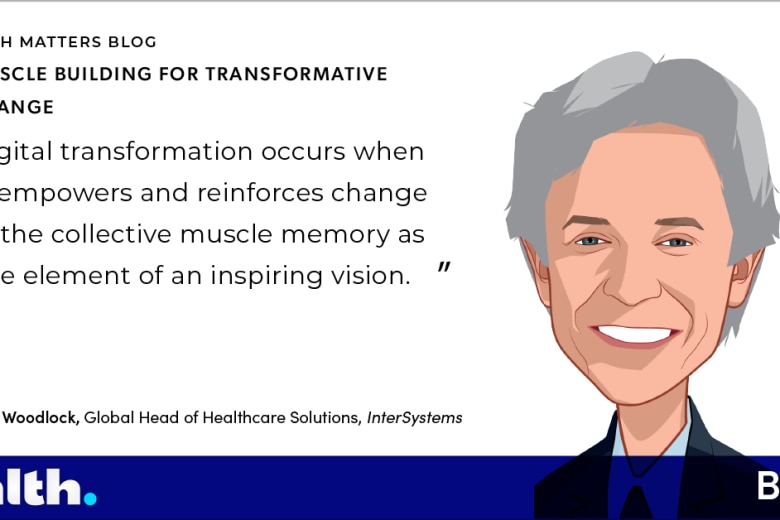Part 1: A Bit of a Flashback
It’s been a decade since the Health Information Technology for Economic and Clinical Health (HITECH) Act of 2009 was signed into law, providing the funding and legislative mandate for Meaningful Use (MU). For those of us who were involved in Health IT at the time, those were heady days of great opportunity and promise for advancing the industry.
Health IT in the U.S. has advanced tremendously since 2010. Nearly 99% of acute care hospitals and roughly 85% of ambulatory providers have implemented and adopted an Electronic Health Record, advancing the industry forward to one where we can measure and deliver better outcomes to patients.
Despite these great strides toward implementing, adopting and using Health IT, getting these systems to talk to one another – achieving true interoperability – remained a challenge. Efforts through Meaningful Use and ONCs Interoperability Roadmap have created better data sharing, but many barriers still exist.

With this in mind, the Office of the National Coordinator for Health IT (ONC) and the Centers for Medicare and Medicaid Services (CMS) proposed new regulations that would mandate interoperability for patient health records. The big shift is that these rules focus on providing patients access to their own records. If you read the preamble text to both rules it’s clear – we should all work together so that patients have access to their health information where they need it, when they need it. Our primer on the proposed rules provides a deeper understanding.
I think this is an important step forward to give the industry the next push to seamlessly share health data. Fundamentally, we need to do more data sharing to change how we deliver care. The administrative costs of healthcare are choking our economy, at least partly due to the lack of data sharing and transparency. In InterSystems response to the ONC and CMS rules, we affirmed the need to advance nation-wide interoperability. However, the bigger hope is that the government proposed rules will spur the private industry to move faster and collaborate more.
In my next two blog posts, I delve into some of the new proposed rules and their impact to payers – those who foot the bill for healthcare, such as insurance companies – as well as providers and hospitals. It’s a journey into interoperability, and I hope you’ll join me.




































